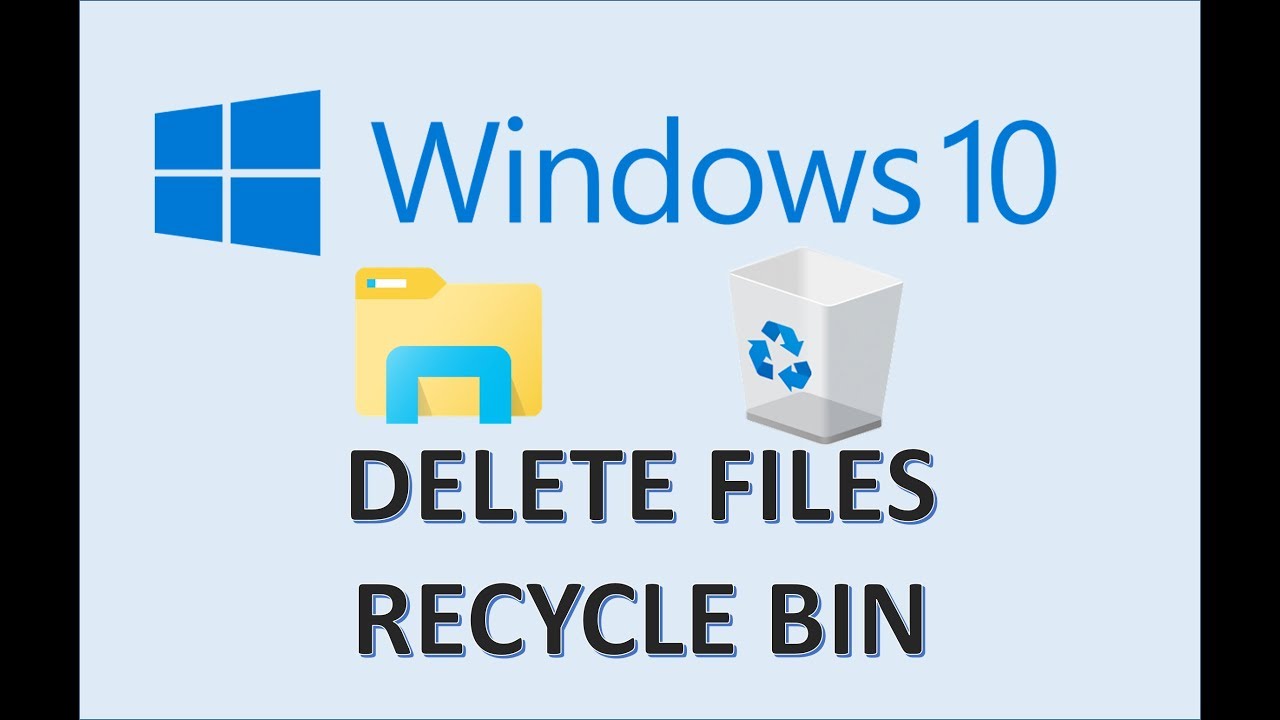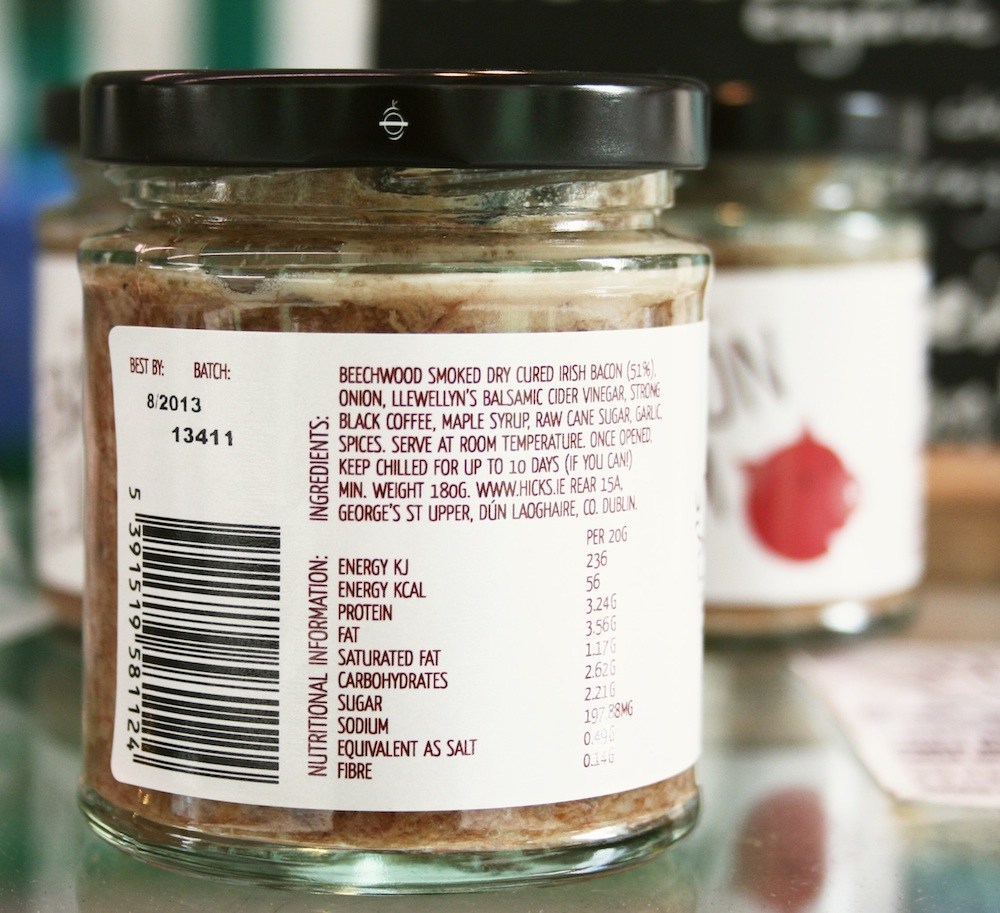When you delete a file in Windows, it doesn’t immediately vanish from your computer. Instead, it’s typically moved to the Recycle Bin, acting as a safety net. This allows you to recover accidentally deleted items. However, files in the Recycle Bin still consume disk space. To truly permanently delete files from your Windows Recycle Bin, freeing up space and ensuring data privacy, you need to take an additional step. This guide will walk you through all the methods to clear your Recycle Bin effectively and securely.
Understanding “Permanent” Deletion
It’s important to understand what “permanently delete” means in the context of Windows.
- Moved to Recycle Bin: When you press Delete on a file, it’s moved to the Recycle Bin. It’s still on your hard drive, just in a special folder.
- Deleted from Recycle Bin: When you empty the Recycle Bin, Windows marks the space occupied by those files as “available.” The data isn’t immediately overwritten, but the operating system no longer references it. This means the files are much harder to recover without specialized data recovery software.
- Secure Deletion/Wiping: For true, unrecoverable deletion (e.g., for highly sensitive data or before selling a drive), you need “data wiping” software or methods that overwrite the data multiple times. This guide focuses on permanently removing files from the Recycle Bin, which is sufficient for most users’ needs.
Why Permanently Delete from Recycle Bin?
- Free Up Disk Space: Files in the Recycle Bin still take up room on your hard drive. Emptying it reclaims that space.
- Improve Performance: While minor, a very full Recycle Bin can sometimes contribute to system sluggishness.
- Privacy: Ensure sensitive deleted documents or images are not easily recoverable by someone else using your computer.
Method 1: Empty the Recycle Bin from the Desktop (Most Common)
This is the fastest and most common way to permanently delete all items currently in your Recycle Bin.
Step-by-Step:
- Locate Recycle Bin: Find the Recycle Bin icon on your desktop.
- Right-Click: Right-click on the Recycle Bin icon.
- Select “Empty Recycle Bin”: From the context menu, choose “Empty Recycle Bin.”
- Confirm Deletion: A confirmation dialog box will appear, asking, “Are you sure you want to permanently delete these [number] items?” Click “Yes” to proceed.
- Wait for Completion: Depending on the number and size of files, this process might take a few seconds or several minutes. Once complete, the Recycle Bin icon will appear empty.
Method 2: Empty the Recycle Bin from Within File Explorer
You can also empty the Recycle Bin after opening it and reviewing its contents.
Step-by-Step:
- Open Recycle Bin: Double-click the Recycle Bin icon on your desktop to open it.
- Locate “Empty Recycle Bin” Option:
- Windows 11: In the command bar at the top, click the “Empty Recycle Bin” button.
- Windows 10: In the “Recycle Bin Tools” tab that appears at the top, click “Empty Recycle Bin.”
- Confirm Deletion: A confirmation dialog box will appear. Click “Yes” to permanently delete the files.
Method 3: Delete Specific Files from Recycle Bin
If you only want to permanently delete certain files from the Recycle Bin while keeping others, you can do that too.
Step-by-Step:
- Open Recycle Bin: Double-click the Recycle Bin icon on your desktop.
- Select Files:
- To select individual files, hold down the Ctrl key and click on each file you want to delete.
- To select a contiguous group, click the first file, then hold Shift and click the last file.
- To select all files, press Ctrl + A.
- Initiate Permanent Deletion: Right-click on one of the selected files.
- Select “Delete”: Choose “Delete” from the context menu.
- Confirm Deletion: The confirmation dialog box will appear. Click “Yes” to permanently delete only the selected items.
Method 4: Permanently Delete Files Without Sending to Recycle Bin
You can bypass the Recycle Bin entirely and permanently delete files in one go.
Step-by-Step:
- Select Files: In File Explorer, navigate to and select the files or folders you want to delete permanently.
- Use Shift + Delete: Press Shift + Delete on your keyboard.
- Confirm Deletion: A warning dialog box will appear: “Are you sure you want to permanently delete this folder/file?” Click “Yes.”
- Caution: There is no undo for this action. These files will not go to the Recycle Bin.
Method 5: Using Storage Sense (Automated Deletion)
Storage Sense is a Windows feature that can automatically empty your Recycle Bin (and Downloads folder) after a set number of days.
Step-by-Step:
- Open Storage Settings:
- Windows 11: Click Start > Settings > System > Storage.
- Windows 10: Click Start > Settings > System > Storage.
- Enable Storage Sense: Toggle the “Storage Sense” switch to “On.”
- Configure Storage Sense:
- Click on “Storage Sense” (the text, not the toggle) to open its detailed settings.
- Scroll down to the “Temporary Files” section.
- Look for “Delete files in my recycle bin if they have been there for over” and choose a timeframe from the dropdown menu (e.g., 1 day, 14 days, 30 days, 60 days).
- Storage Sense will now automatically delete files from your Recycle Bin once they exceed the specified age.
- (Optional) Run Manually: Even if Storage Sense is on, you can manually run it from the main Storage settings page by clicking “Run Storage Sense now” (Windows 11) or “Free up space now” (Windows 10). This will include emptying the Recycle Bin if configured.
Method 6: Using Command Prompt (For Advanced Users)
You can empty the Recycle Bin using a simple command in Command Prompt.
Step-by-Step:
- Open Command Prompt:
- Search for “Command Prompt” in the Windows search bar.
- Right-click on “Command Prompt” and select “Run as administrator.”
- Enter Command: Type the following command and press Enter:
DOS
rd /s /q C:\$Recycle.Bin
-
- rd: Remove Directory
- /s: Deletes all subdirectories and files in addition to the directory itself.
- /q: Quiet mode, suppresses confirmation prompts.
- C:\$Recycle.Bin: The hidden system folder where the Recycle Bin contents are stored for the C: drive.
- Note: You may need to run this command for each drive if you have multiple partitions/drives and want to empty all Recycle Bins. For example, for drive D:, use rd /s /q D:\$Recycle.Bin
- Confirm: The command executes immediately. There’s no “undo” with this method.
Important Considerations for Data Privacy
While emptying the Recycle Bin makes files inaccessible through normal means, the actual data remains on the hard drive until it’s overwritten by new information. For highly sensitive data or before selling/donating a computer, consider:
- Disk Wiping Software: Programs designed to securely erase entire drives by overwriting data multiple times (e.g., DBAN for entire disks, specific file shredders).
- Physical Destruction: For ultimate security, physically destroy the hard drive.
Knowing how to permanently delete files from your Windows Recycle Bin is a fundamental skill for maintaining disk space, system performance, and a basic level of data privacy. Choose the method that best suits your comfort level and needs, but always double-check before confirming permanent deletions!




